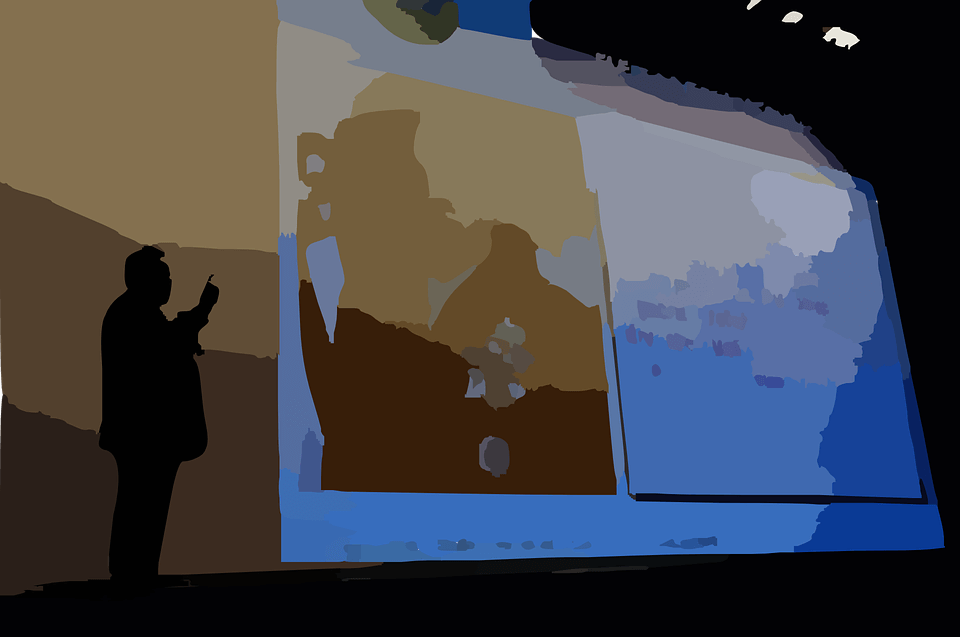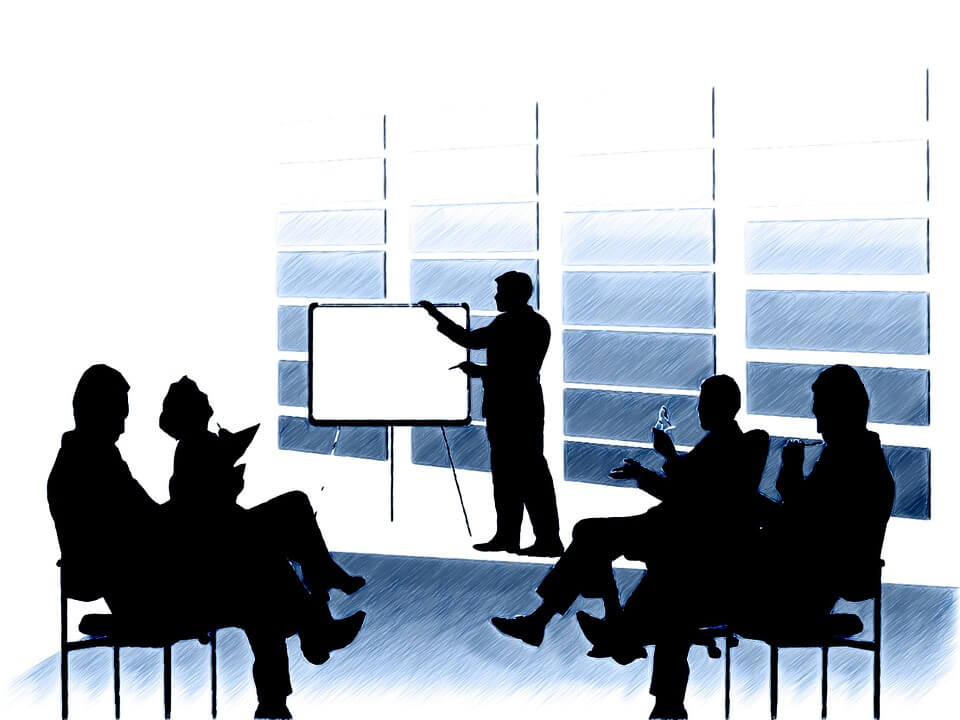Presentation Formatting
Presentation formatting has the potential to be an overwhelming task even for the most experienced. It is a totally different task to collect and understand the information, than it is to deliver it.
Oral presentations from lectern or stage have the advantage of large scale delivery of information with immediate feedback from the audience (that can go either way). This is excellent if it goes down well, and can be brutal if not.
Presentation formatting brilliance is about understanding the audience members, conference organisers’ guidelines and previous “formatting” as well as information or redistribution.
There is an old term many are familiar with: “death by power point”. This result is usually caused by an audience reading (or not really reading) pages of text from a screen in place of listening to a speaker presenting the same information. The outcome is most often very little or no engagement between the presenter and the audience.
Effective presentation formatting needs the presenter and audience to connect in the present, then information is conveyed. Preferably this will happen with all three learning styles: visual, audio and kinaesthetic. (Kinaesthetic refers to movement, or “doing”)
The legend of Steve Job’s “black screens” during presentations information about new Apple products at MACWORLD via keynote (which is a superior alternative to powerpoint for those still living in last century) speaks for itself. Intermittently during his presentation, the screen would be switched off, to a black slide. Then he is the singular focal point for the audience. This allowed his voice, and his persona the attention it needs to connect and transfer information.
Distraction is eliminated, and information now sticks!
Clearly we are somewhat Apple oriented here at Instinct (being a creative agency, this is a prerequisite isn’t it?), and we could talk about type faces and graphic design all day long. What’s hot in fashion, when to use video to highlight your presentation or when to throw it to the audience and change their state with some involvement.
Honestly these are the types of conversations which are best in person, rather than one-sidedly by reading our website. Moreover, we want to have that chat with YOU! Give us a call, drop us an email, or make an appointment today!
Presentation formatting – what comes first before the event
The meat of this story revolves around process. What is happening and when does it happen?
We’re talking about the event manager or conference manager getting the information they require, precisely when it’s needed.
Frequently presenters will arrive on the flight from the other side of the country (or overseas), whizz to the venue and be greeted by someone saying “…just getting the finishing touches on the presentation here,”. Really, put a filing cabinet in your toilet and get your s#$% sorted!
WARNING: Speakers are typically “last century” (and usually love the sound of their own voice)
TRAINERS: Trainers are teachers and preachers and we need to pay attention to their wisdom.
Have a chat with us about your seminar, conference or training objectives. We’d love to find out what your hopes are and to be part of your learning experience.
Presentation formatting might be a small part, but it’s an important part of the learning procedure. Lets talk more about this!







